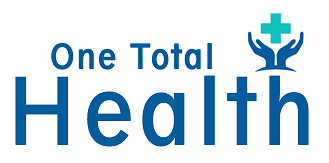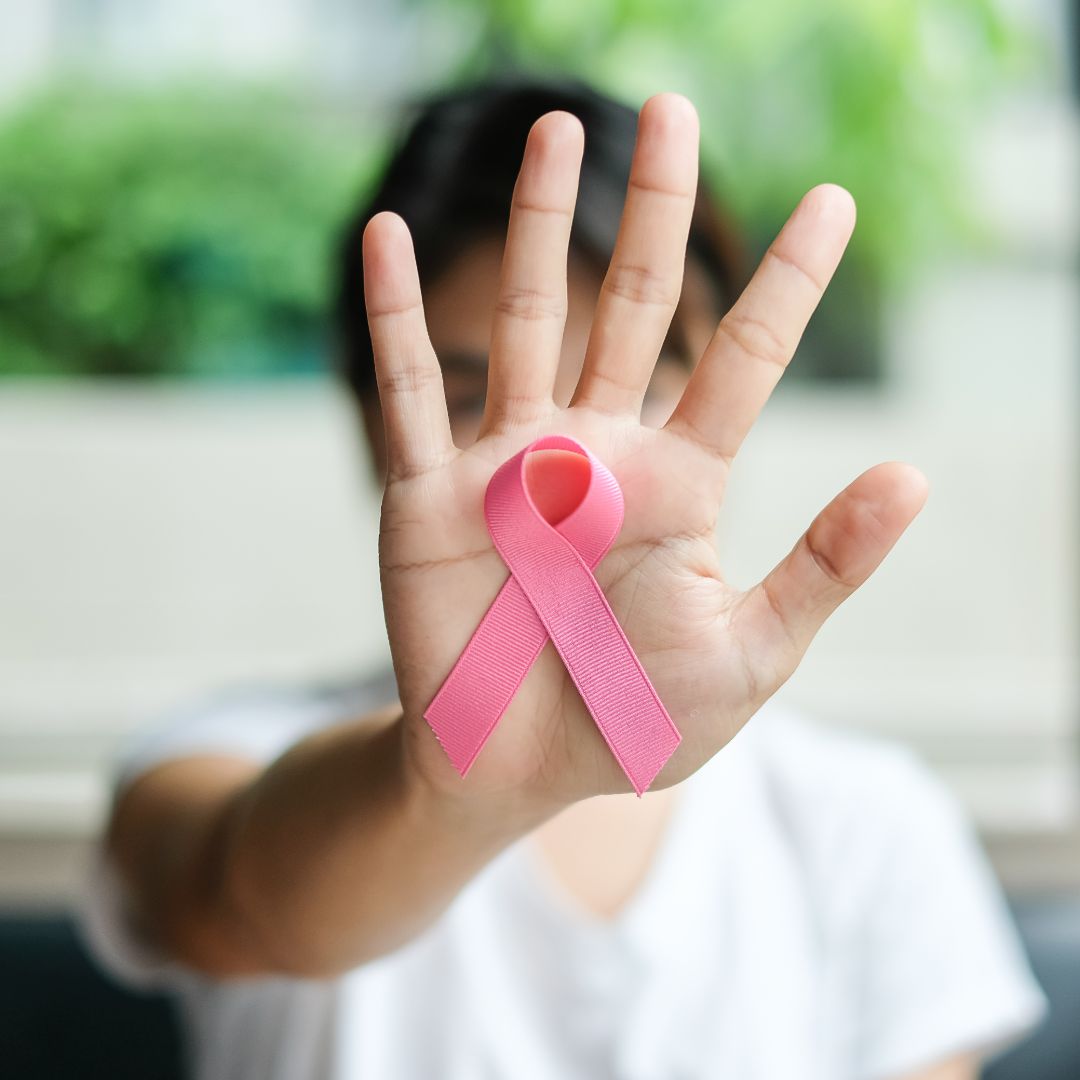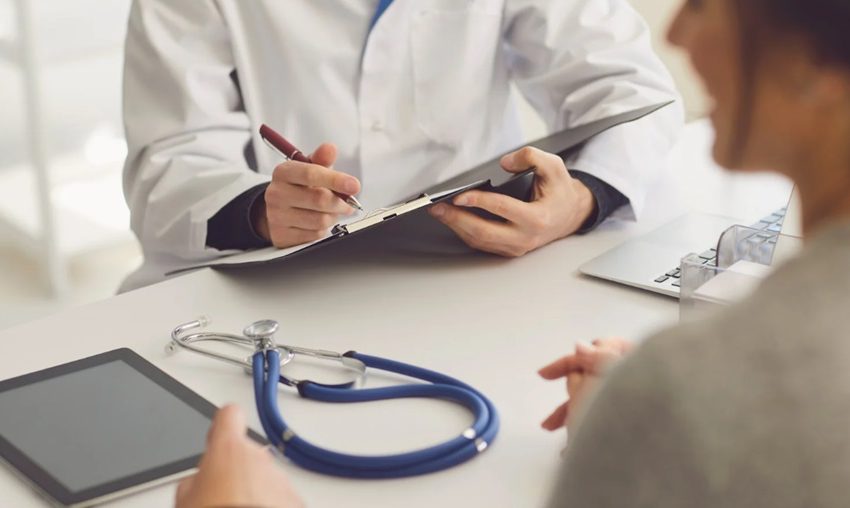CRITICAL THINGS YOU SHOULD KNOW ABOUT BREAST CANCER
Breast cancer is one of the primary causes of cancer death among women. According to studies, it is the most common cancer type in women under 40. But no matter the age, a woman has a 1 in 8 risks of developing breast cancer, and early diagnosis is the secret to survival.
Staying informed about breast cancer is the best safety measure you can practice. Here is everything to know about breast cancer.
What is breast cancer?
The breast is composed of fatty tissue, and within it are ligaments, lymph vessels, connective tissue, nodes, and blood vessels. A female breast contains 12-20sections called lobes that comprise smaller lobules that produce milk—the lobes and lobules link via ducts that transport milk to the nipple.
The commonest breast cancer typically starts in the ducts and is known as ductal carcinoma. 80% of breast cancer cases are ductal carcinoma. Cancer of the lobes, known as lobular carcinoma, accounts for 10% of breast cancer cases, while the rest have characteristics of both ductal or lobular carcinomas of unknown origins.
It affects a high number of nuns.
Breast cancer is also known as the nun’s disease because it affects many lifelong nuns and women who have never had children. Compared to mothers, these women are at a high risk of developing breast cancer and other types of cancers of the ovary and uterus. Also, a woman’s risk of getting breast cancer increases with the number of menstrual cycles she experiences.
You should know your breasts.
Although only 5% accounts for women diagnosed with breast cancer under 40, it is the highest cause of death for women aged 15-34. Therefore it is vital to know your breast and how they feel so that you notice abnormal changes whenever they occur. A doctor can teach you how to do a breast self-test exam, and you can always notify them if you notice any changes. Hong Kong breast cancer screening also exists to help detect breast cancer cells early when they are treatable.
Men get breast cancer too.
Although it rarely affects them, men too can develop breast cancer. Many people think that breast cancer affects women only, which is not the case. The truth is that men also have breast tissue, but breast cancer is less prevalent in them because their breast duct cells are not developed fully like those of women. Men also have lower levels of female hormones that impact the growth of breast cells making the cancer rare among them.
Understand the risk factors
Some risk factors may increase your susceptibility to breast cancer. They include:
- A family history of breast cancer. The risk is elevated if you have two or more first-degree relatives diagnosed with breast cancer at an early age.
- Early onset of menstrual periods, particularly before the age of 12years.
- Some inherited genetic mutations for breast cancer, namely BRCA1 and BRCA2.
- A personal history of breast cancer, especially before 40years of age.
- Dense breasts.
- High dose radiation to the chest.
- First full-term pregnancy when you are over 30years of age.
- Personal history of the endometrium, colon, or ovarian cancer.
- Race- caucasian women are at a higher risk of breast cancer.
- Recent oral contraceptive use.
- A sedentary lifestyle.
- Obesity.
- Heavy alcohol use.
- Smoking.
Some risk factors such as obesity, alcohol use, smoking, and a sedentary lifestyle are controllable. Regular Hong Kong breast cancer screening is advisable if you have breast cancer risk factors you cannot control, such as family history.
Breast changes that may indicate breast cancer
As much as you should perform breast self-tests now and then, you should know the changes to look out for. You must immediately seek a further assessment if you notice any of the following breast changes.
- Changes in the shape of your breasts.
- A hard or soft lump on your breast or under your arm.
- An inverted nipple- pushed inward instead of sticking out.
- A change in position of the nipple.
- Nipple discharge which can be milky, watery, yellow fluid, or blood.
- Dimpling, bulging or puckering of breast skin.
- Soreness, swelling, rash, or redness of the breast skin.
Usually, the breast tissue is lumpy, so it is important to know how your breast feels naturally. Not all lumps are cancer, and you should routinely perform breast self-exams to know if a new lump occurs or changes in size.
But keep in mind that breast self-exams are not an alternative to routine mammograms. You may notice changes in your breasts, but they don’t necessarily indicate that you have breast cancer.
Understand your medical history
You need to understand your medical history regarding breast cancer and share it with your doctor. If you have a first-degree family diagnosed with breast cancer at an early age, you have nearly twice the risk of developing the cancer than a woman without such a family history. You should inform your doctor which family member had breast cancer, which type, and how old they were when they were diagnosed.
Always seek a second opinion
.
It is always best to seek a second opinion if diagnosed with breast cancer, and many doctors advise it. It is best to seek an oncologist with the latest equipment and who is up to date with the latest breast cancer treatments to help you make an informed choice.
Most importantly, you may discuss your diagnosis with a different pathologist or oncologist to determine your ideal treatment plan. Thankfully organizations like the Hong Kong cancer fund come through to ease the financial burden of seeking cancer treatment.
Do your research
If diagnosed with breast cancer, you should do your research concerning your specific diagnosis. Thanks to the internet, you can learn more about the different terms used in your breast cancer diagnosis, stage, and grade and how they impact your treatment options.
conclusion
This is just part of the many things you should learn about breast cancer. Breast self-exams and regular screening are essential, especially if you have a risk factor for breast cancer.



